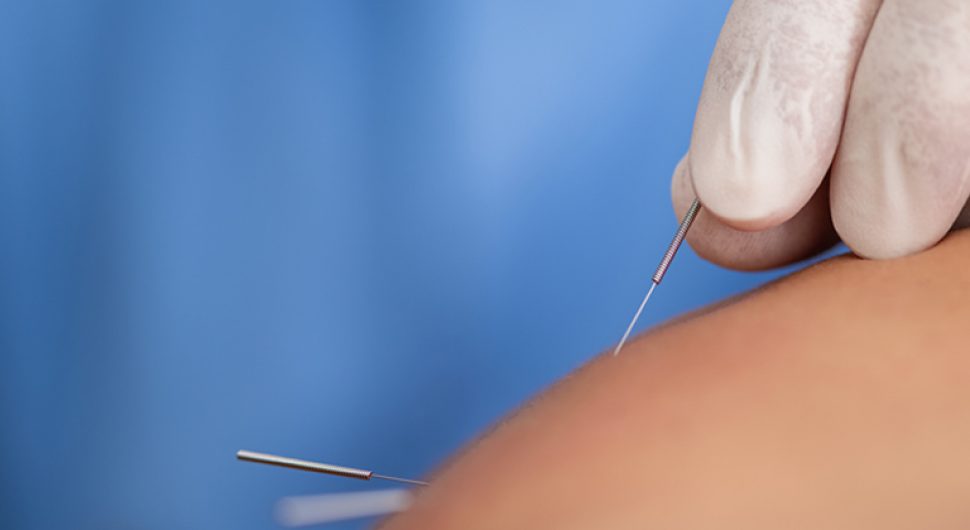So I’ve been getting this question asked to me frequently as of late: “What’s the difference between acupuncture and dry needling?” Figured this would be a good time to discuss the differences and how they could potentially help you.
First off, my name is Alex Lye, Registered Physiotherapist with Monastery Health in St. John’s, NL. I am certified in anatomical acupuncture for over 12 years and dry needling for over 5 years. I have been utilizing both techniques in my practice in conjunction with other modalities with great success for my clients.
Both techniques use needles. Thin, sometimes long or sometimes short, needles that are inserted into the body. Other than that, that’s where the similarities end. Dry needling and acupuncture are different practices that originate from different ideologies and are used for different benefits.
Acupuncture is based on ancient traditional Chinese medicine (TCM) whereas dry needling is more versed in Western medicine. Acupuncture has been practiced for well over 2000 years and is currently practiced today. The philosophy of acupuncture is to recreate balance of the flow of energy, or qi (pronounced ‘chee’), within the body. It is thought that a disruption or imbalance of this flow of energy in the body results in illness, disease, and injury. Common indications for acupuncture include headaches and migraines, pain, dizziness, stress, anxiety, nerve regulation, fibromyalgia, osteoarthritis, energy imbalance, and even sinus issues. Generally, acupuncture is not painful but it may cause a slight pricking sensation when the needle is first inserted into the body. A typical acupuncture session may last anywhere from 5 to 20 minutes.
Dry needling, also known as intramuscular stimulation, is much newer in comparison to traditional acupuncture but it involves inserting the needles into “trigger points”, or irritated tight bands of muscle fascia. The idea is to promote blood circulation, reduce pain in musculoskeletal injuries, improve range of motion (ROM), and reduce muscle tone. Dry needling can be performed in a variety of different ways. For example, one method involves the “pistoning” of the needle within the trigger point to stimulate a local twitch response. Another method used electrical current to create a similar, but controlled twitch response to the muscle. Typically, dry needling is used for conditions involving myofascial pain such as whiplash injuries, low back pain, tendon issues, muscle strains, fibromyalgia, or simply stubbornly tight muscles. Dry needling’s effect is usually immediate with improvements seen almost as soon as a dry needling session is complete. However, it can cause some discomfort while the technique is performed. A typical dry needling session can take anywhere between a minute to 10 minutes depending on the number of trigger points targeted.
If you are considering acupuncture or dry needling, give us a call at Monastery Health, 709-757-3313, or email info@monasteryhealth.com and we will be happy to consult with you! Cheers!

